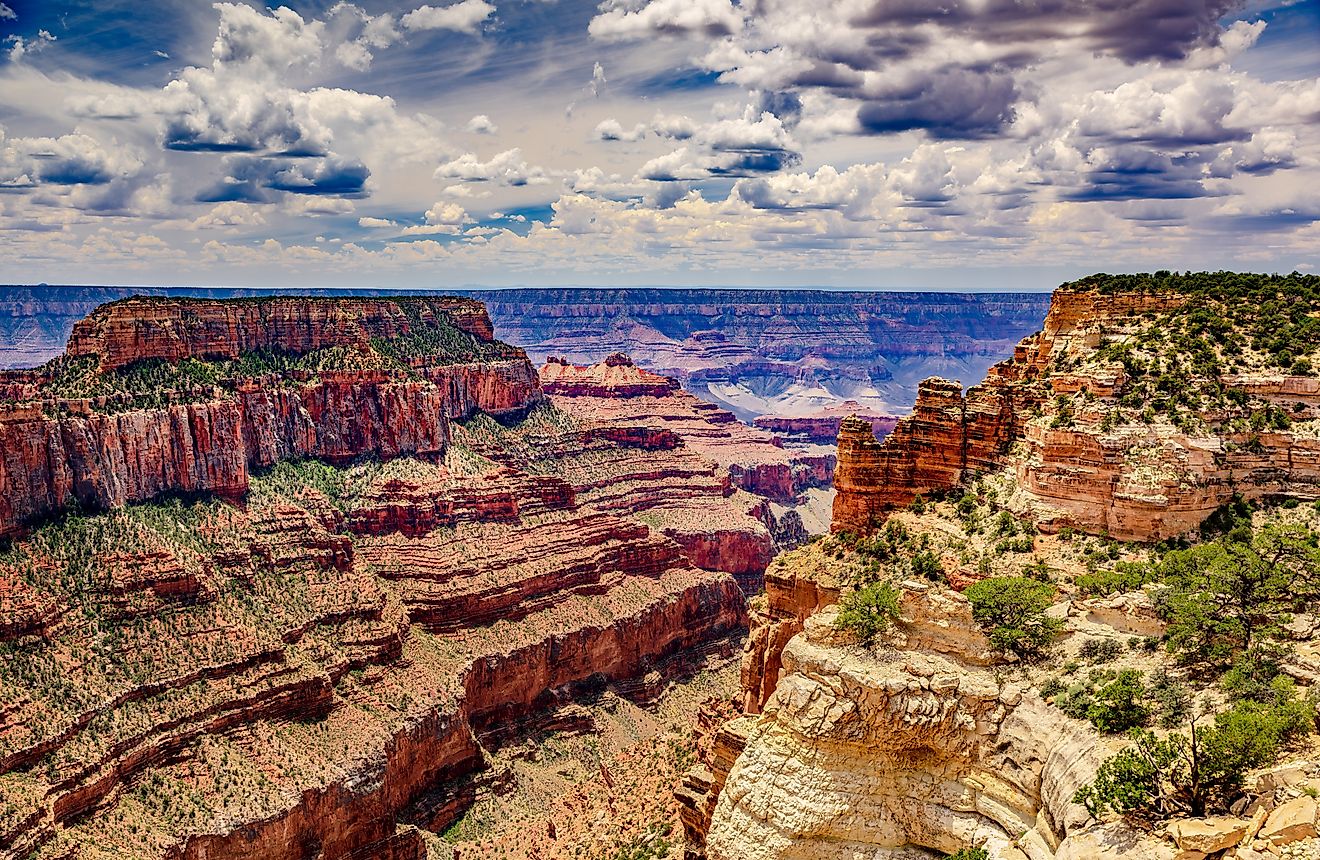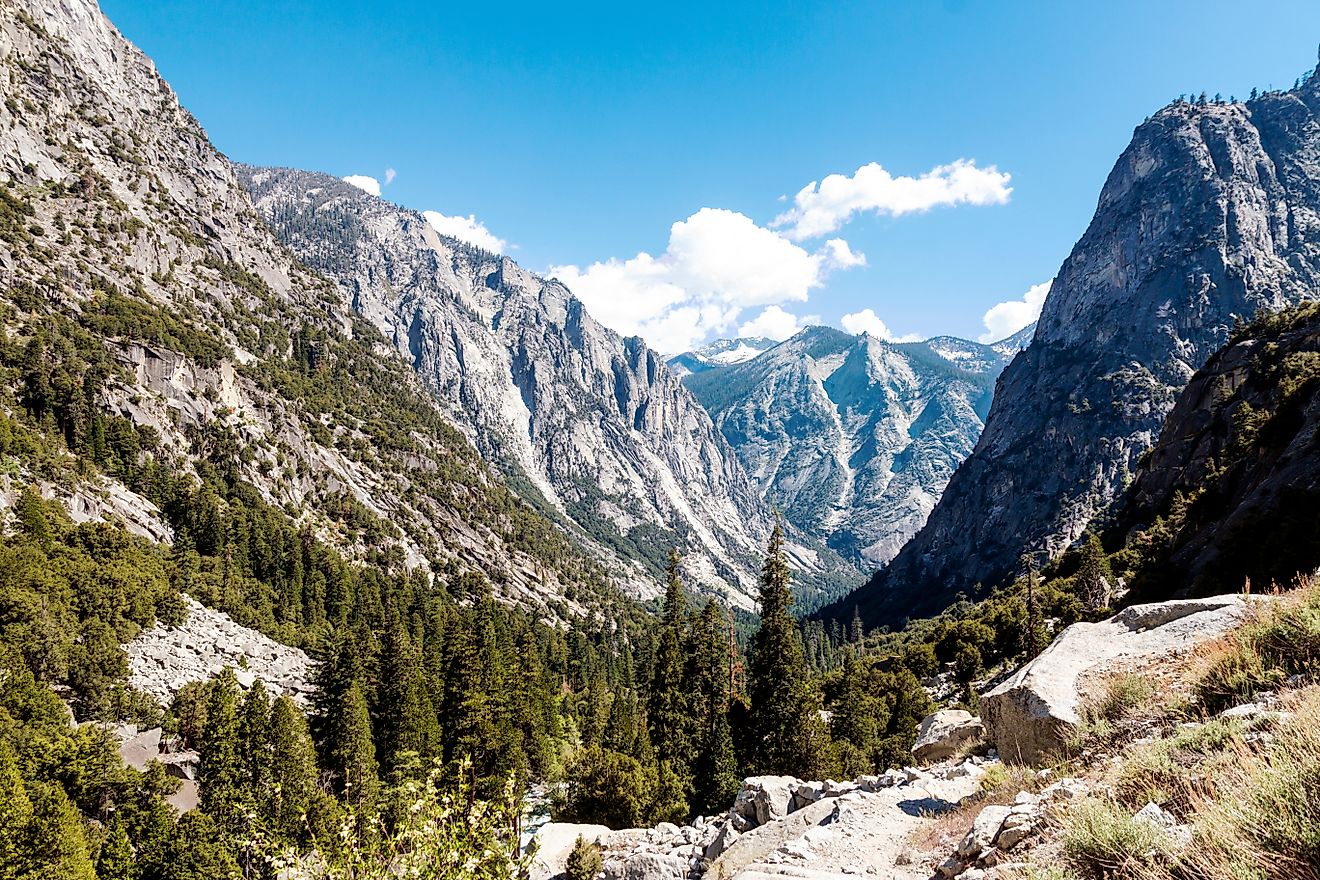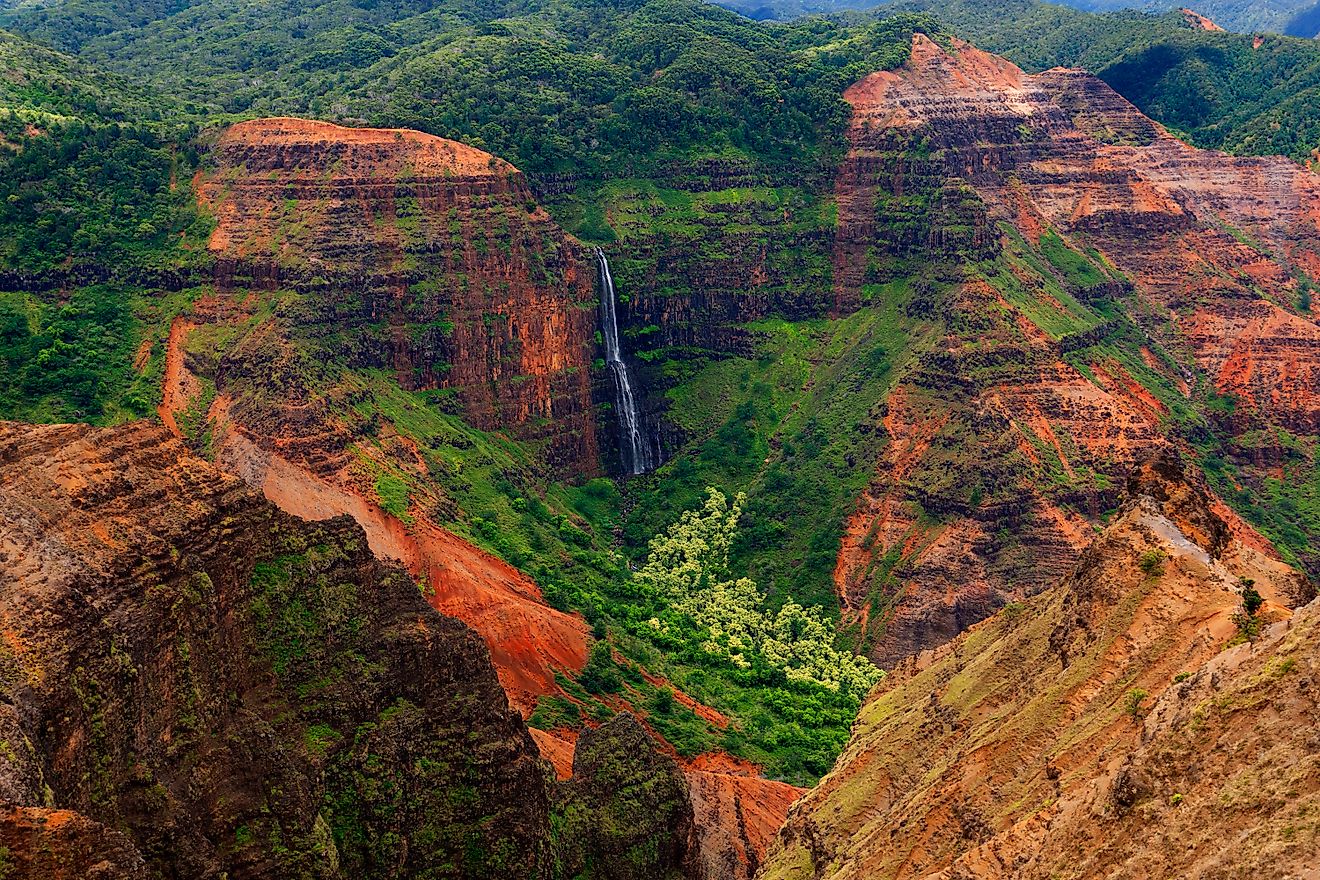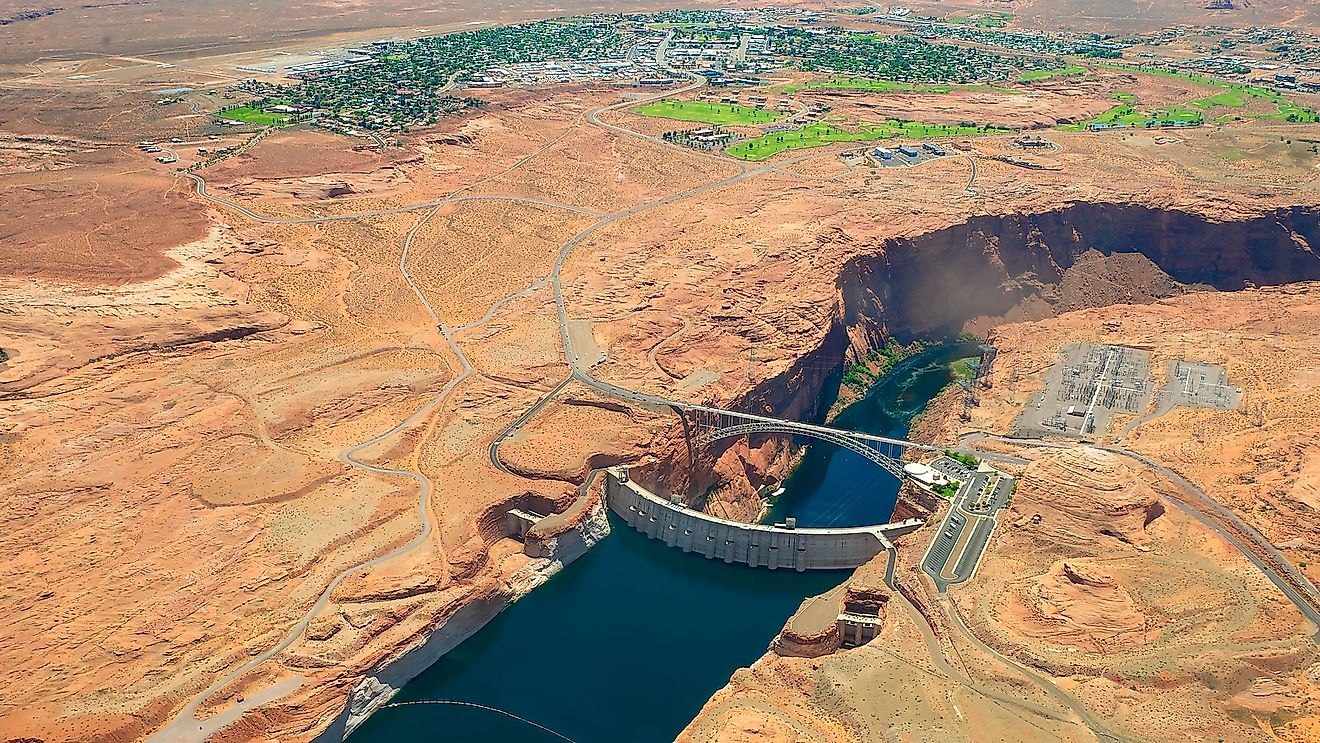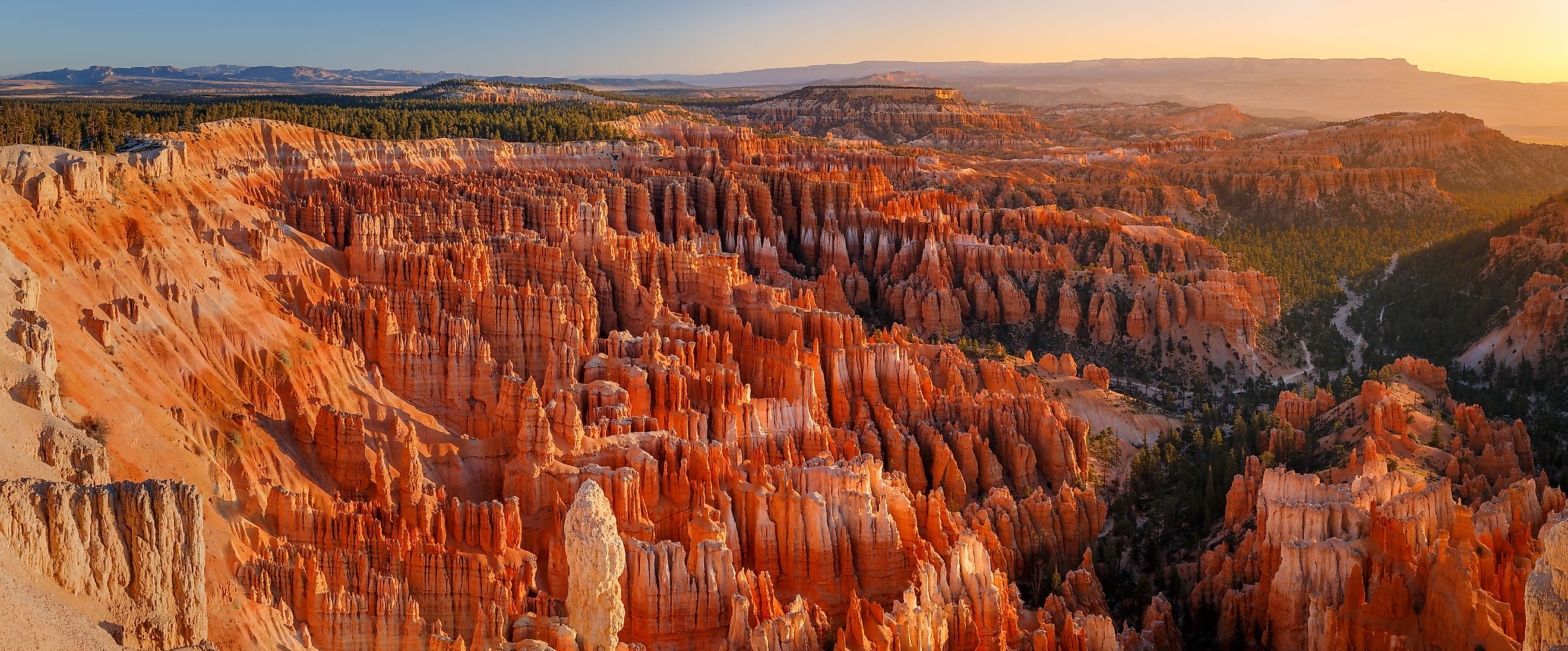
Bryce Canyon
Bryce Canyon National Park isn’t a canyon in the traditional sense. It's an amphitheater of the bizarre and the beautiful, where wind, water, and ice have worked over millions of years to carve towering spires of rock into a surreal desert landscape. Situated in southern Utah, Bryce Canyon stands apart from the neighboring giants of Zion and the Grand Canyon with its otherworldly rock formations called hoodoos, a natural spectacle found in few other places on Earth.
At first glance, Bryce Canyon appears like a page torn from a fantasy novel. Rows of crimson and orange rock spires stretch across the horizon, glowing in the morning and evening sun. But behind the breathtaking beauty lies a geological story over 60 million years in the making—one of ancient seas, uplifted plateaus, and relentless erosion.
Where Is Bryce Canyon?
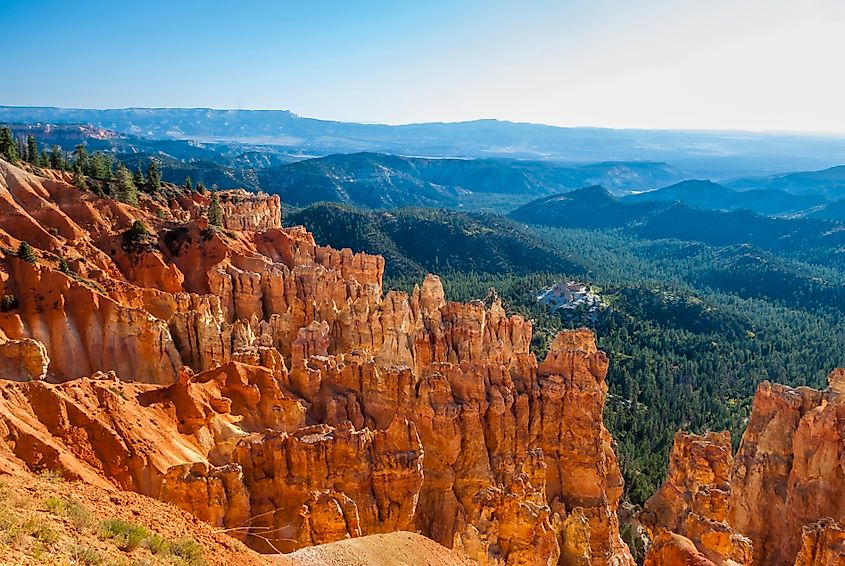
Located on the eastern edge of the Paunsaugunt Plateau in southwestern Utah, Bryce Canyon sits at an elevation ranging from 8,000 to over 9,000 feet—significantly higher than nearby Zion National Park. Its altitude gives Bryce a cooler climate and unique ecological zones not found in the lower elevation parks of the American Southwest.
Bryce is about 50 miles northeast of Zion National Park and shares a geologic lineage with the Grand Staircase–Escalante National Monument, a series of colorful cliffs and rock layers that step down from Bryce all the way to the Grand Canyon. While these parks form part of the same natural system, Bryce’s identity is singular and unmistakable.
How Bryce Canyon Was Formed
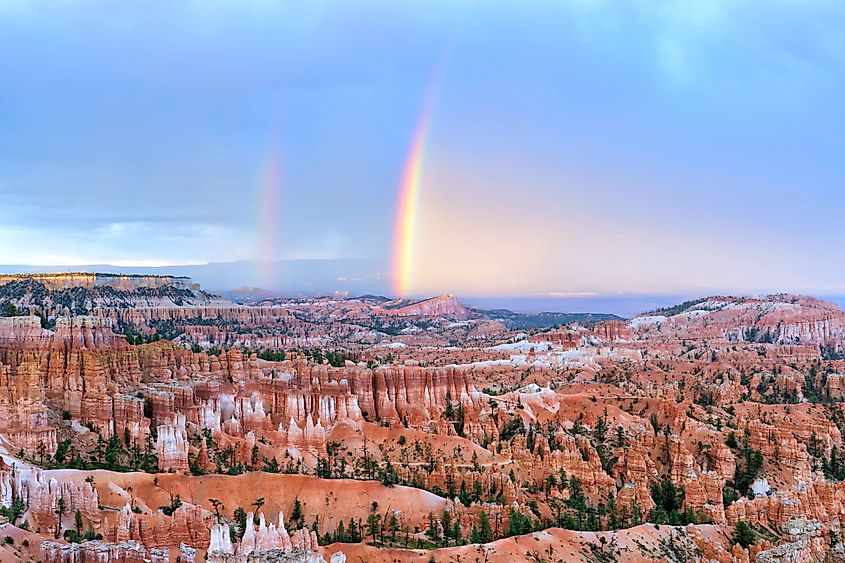
The story of Bryce Canyon begins over 60 million years ago, when the area was covered by a large freshwater lake. Sediment from surrounding highlands accumulated in this lake, eventually compressing into the Claron Formation—a layer of limestone, siltstone, and sandstone that forms the palette for Bryce’s colorful rocks.
Fast-forward millions of years, and tectonic uplift raised this area, transforming the lakebed into a high plateau. The real magic, however, happened much more recently—within the last 13 million years. As snow and rainwater began seeping into cracks in the rock, they froze and expanded in cold temperatures. This freeze-thaw cycle, combined with chemical erosion from slightly acidic rainwater, began chiseling away at the soft rock, forming fins, then windows, and finally the thin, pillar-like formations known as hoodoos.
Bryce Canyon is now home to the largest concentration of hoodoos anywhere in the world.
What Makes the Hoodoos Special?

Unlike towering monoliths or sweeping canyons, hoodoos are irregular columns of rock shaped like totem poles. They form through a unique combination of weathering and erosion not commonly found in other parts of the world.
What makes Bryce’s hoodoos particularly striking is their density and diversity of shapes. Some look like human figures, others like castles or chimneys. Their colors range from deep reds to light pinks, oranges, and creams—each hue telling a story of iron and manganese oxidation within the rock.
The Bryce Amphitheater, the park’s main viewing area, is a natural bowl filled with thousands of hoodoos. Visitors can gaze down from the rim or hike trails like Navajo Loop, Queen’s Garden, or the Peekaboo Trail to get up close to these formations.
Human History at Bryce Canyon
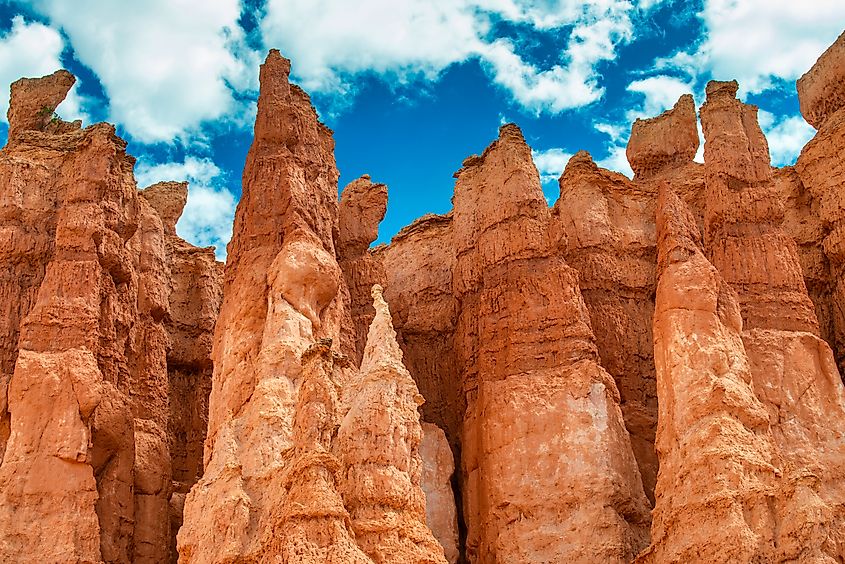
Long before Bryce Canyon became a national park, the Paiute people inhabited this region. They believed the hoodoos were ancient beings turned to stone by the trickster god Coyote—an oral history strikingly aligned with the hoodoos’ humanoid shapes.
European-American exploration didn’t arrive until the 1870s, when Mormon settlers moved into the region. The canyon takes its name from Ebenezer Bryce, a Mormon pioneer who homesteaded in the area in 1875. Locals called the amphitheater "Bryce’s Canyon," and the name stuck.
Bryce Canyon was designated a national monument in 1923 and became a national park in 1928.
Wildlife and Ecosystems

Bryce’s high elevation fosters three distinct ecological zones: the spruce-fir forest at the highest altitudes, ponderosa pine forests at mid-elevation, and pinyon-juniper woodland lower down. This diversity makes it a haven for wildlife.
Visitors might spot mule deer, pronghorn antelope, and Utah prairie dogs, a threatened species found only in this region. The skies above are often filled with peregrine falcons, ravens, and red-tailed hawks.
Because of its elevation and remote location, Bryce Canyon is also designated as a Dark Sky Park, making it one of the best places in the US for stargazing. On clear nights, the Milky Way can be seen stretching brilliantly across the sky.
Things to Do in Bryce Canyon
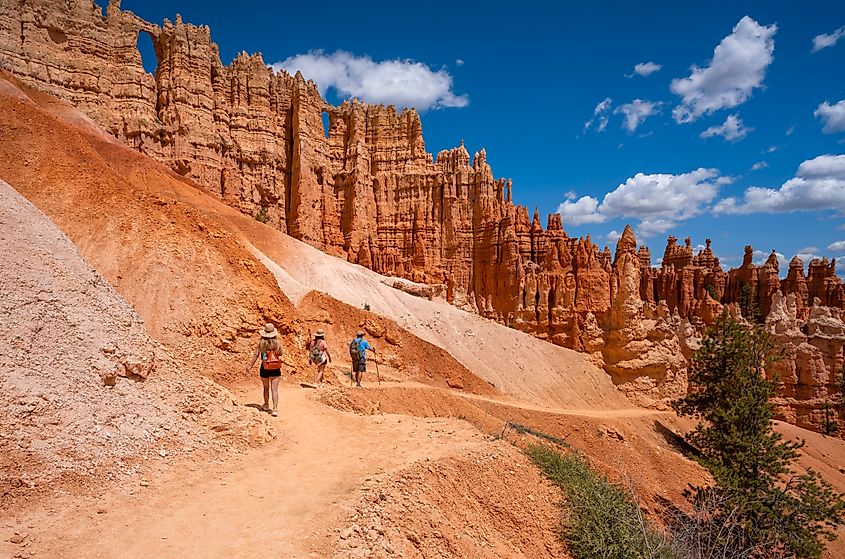
Despite its relatively compact size—just 56 square miles—Bryce Canyon offers a wide array of activities.
Scenic Drives
The park’s 18-mile scenic drive offers access to 13 viewpoints, each looking out over a different section of the canyon. Sunrise Point, Sunset Point, Inspiration Point, and Bryce Point are some of the most iconic.
Hiking
Bryce has more than 50 miles of hiking trails ranging from easy to strenuous. The Navajo Loop and Queen’s Garden Trail is a popular 3-mile route that descends into the amphitheater and loops back up, passing famous formations like Thor’s Hammer and Wall Street.
For a longer adventure, the Fairyland Loop (8 miles) provides stunning solitude and panoramic views.
Ranger Programs
From geology talks to full-moon hikes and astronomy programs, Bryce’s ranger-led activities are a great way to learn about the park’s unique features.
Bryce in Winter
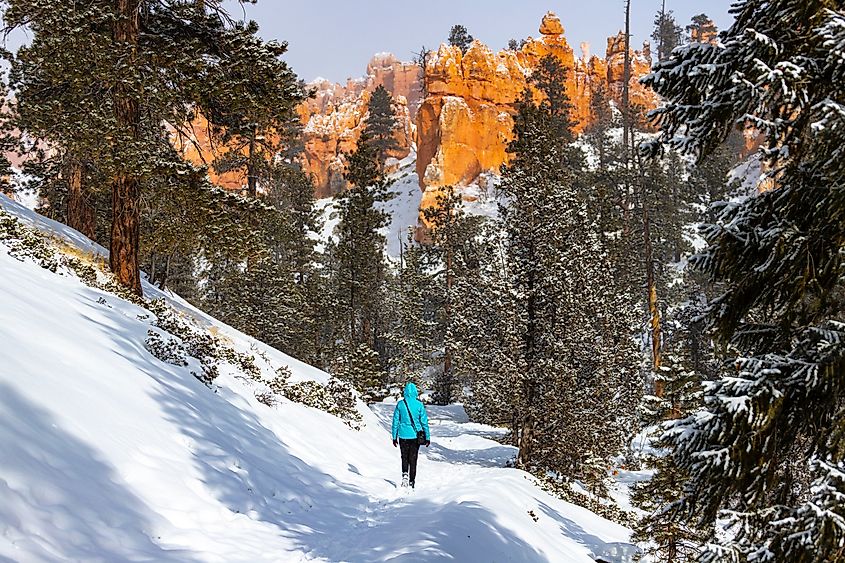
One of Bryce Canyon’s most underrated seasons is winter. Snow-covered hoodoos add a magical contrast to the red rock landscape. Trails are open (with caution), and snowshoeing and cross-country skiing offer new ways to experience the terrain.
Because of its elevation, winter temperatures can plunge below freezing, but the payoff is smaller crowds and unmatched photographic opportunities.
How to Get There
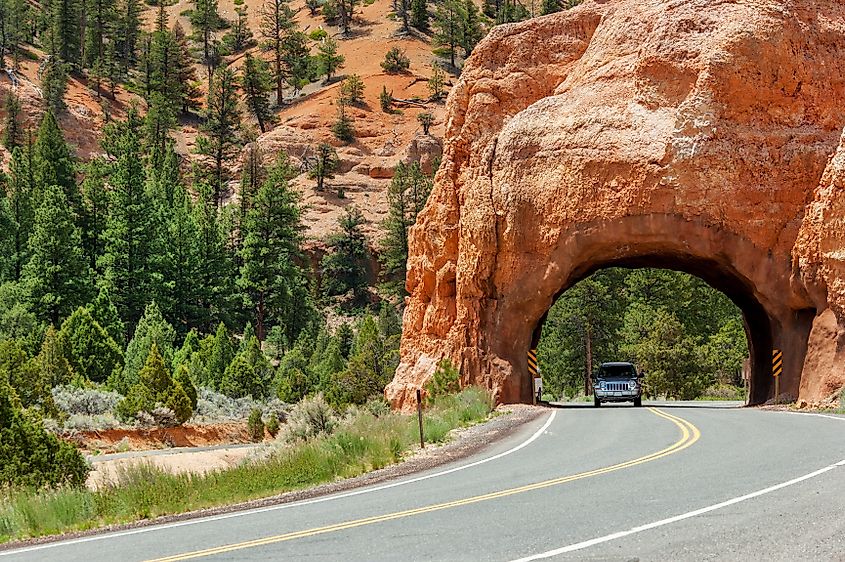
Bryce Canyon is most commonly accessed via Highway 12, one of the most scenic drives in America. The nearest major airports are in Las Vegas (270 miles southwest) and Salt Lake City (270 miles north). Visitors often pair a trip to Bryce with other Southwest landmarks like Zion National Park, Capitol Reef, or Arches National Park.
The park has a visitor center, several campgrounds, and a lodge dating back to the 1920s. Shuttle service is available during peak summer months to reduce congestion.
Planning Tips
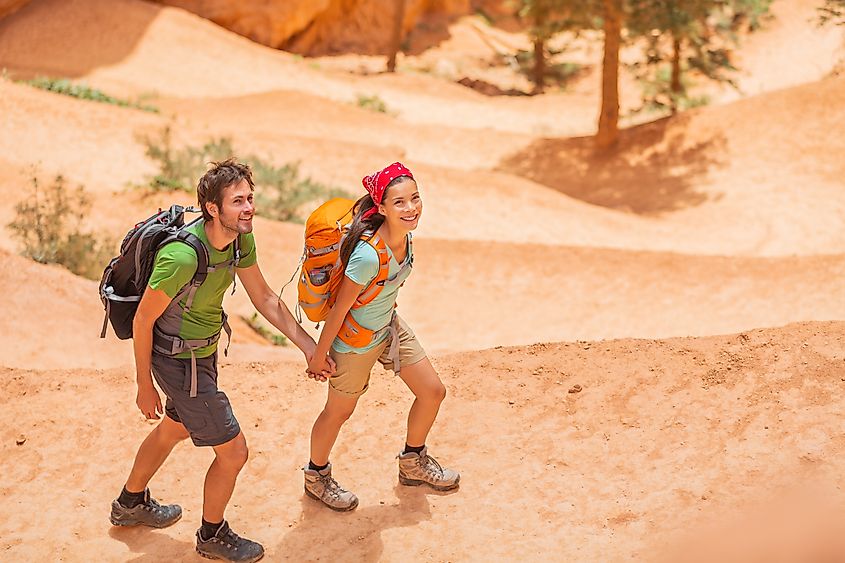
-
Best Time to Visit: May through October for hiking; December to February for snow-covered scenery.
-
Weather: Summer days are warm but not scorching due to elevation; nights are cool year-round.
-
Altitude Warning: Visitors not acclimated to high elevations should take it slow on hikes.
-
What to Pack: Sun protection, water, layers, and sturdy footwear.
Why Bryce Canyon Should Be on Your List
Bryce Canyon is more than just a scenic detour—it’s a geological marvel, a cultural site, and a natural sanctuary rolled into one. Unlike the deep gashes of Zion or the vastness of the Grand Canyon, Bryce Canyon feels intimate, sculptural, and profoundly personal.
Standing at the rim, watching the sun rise over a thousand crimson spires, it’s hard not to feel awed by time itself. Whether you're hiking among the hoodoos, stargazing under velvet skies, or learning about the land’s rich Indigenous history, Bryce Canyon offers one of the most unique and enriching experiences in the American West.
Frequently Asked Questions
Is Bryce Canyon suitable for families?
Yes. With a wide range of short hikes, educational programs, and scenic overlooks, it's great for all ages.
How many days do you need to visit?
A one-day trip hits the highlights, but two to three days allows time to hike and explore the park more fully.
Is Bryce Canyon wheelchair accessible?
Yes. Several viewpoints like Sunset Point and the Visitor Center are accessible, and the park has resources to assist mobility-impaired visitors.
